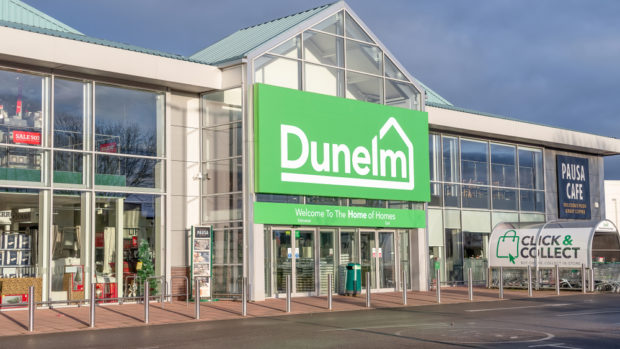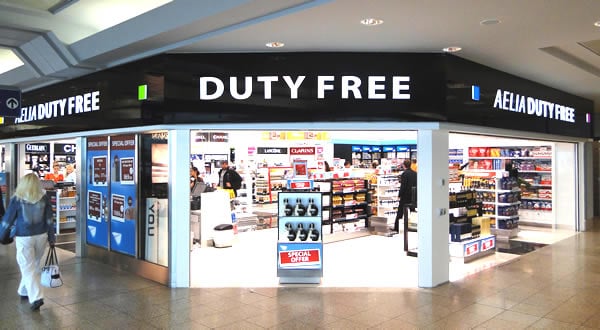
Mirakl has announced the release of its 2022 Enterprise Marketplace Index, a report that benchmarks the state of enterprise marketplaces and quantifies the key growth drivers using a year-over-year, “same-marketplace-sales” analysis. This data represents more than 60 global retail marketplaces that were live from Q4 2019 to Q4 2021, generating billions of dollars in gross merchandise value (GMV) across more than 50,000 sellers offering more than 70 million products.
According to the findings, while eCommerce sales growth reached 12 per cent in 2021, enterprise marketplaces achieved same-site sales growth of 25 per cent, which means, for the second year in a row, enterprise marketplaces grew at double the rate of eCommerce. This represents a fundamental and permanent shift in the ways that consumers shop and retailers grow their businesses. In fact, enterprise marketplaces achieved 49.7 per cent compound annual growth (CAGR) over the past two years, compared with overall eCommerce CAGR of 22.2 per cent over the same.
The report also found that consumers and sellers moved to marketplaces at a record pace, driving up key marketplace growth indicators. For instance, consumers’ adoption of shopping on marketplaces increased by 35 per cent over pre-pandemic levels: in 2019, 42 per cent of consumers said they shopped exclusively on or a lot on marketplaces, a figure that rose to 57 per cent in 2020 and held steady at 57 per cent in 2021 even as physical stores reopened. Furthermore, the network of enterprise marketplace sellers has also grown significantly over the past two years. In 2021, the number of businesses that began selling on marketplaces increased by 46 per cent compared to 2020.
The shift from an offer-driven economy to a demand-driven ecosystem
Mirakl’s report found one of the top reasons consumers prefer online marketplaces is because they offer more product selection than traditional retail sites. Products are the primary source of marketplace growth, and marketplace sellers deliver wider assortment through the products they offer. Product assortment on these established marketplaces expanded by another 29 per cent in 2021, and as a result, they now offer 62 per cent more products than during Q4 2019. This is one of many reasons why 79 per cent of consumers who shop online at least once a week—the most valuable shoppers in eCommerce—identify marketplaces as the most convenient way to shop. As a result, retailers who adopt marketplaces with the right level of curation and control—while not compromising what buyers ask for—experience higher growth.
Marketplace competition breeds more shopper choice
According to the report, marketplaces benefit from the opportunity to have multiple sellers offering similar products that differ in pricing, shipping times or product attributes. With the right display and merchandising strategy, this allows for maximised product availability and more competitive pricing, furnishing shoppers with more opportunities to find the value they crave. The number of offers made available across all marketplaces jumped 38%, and the number of offers per product reached 1.9, a 16 per cent increase over last year.
Marketplaces are fuelling continued business for retailers
Finally, during a period when eCommerce margins have been reduced by supply chain disruption, shipping surcharges, and historically high inflation, enterprise marketplaces provided a margin boost. According to the report, marketplace revenue contribution grew by 29 per cent, thanks to the compound growth of GMV gains and increased overall commission rates. On a per-seller basis across all enterprise marketplaces, GMV contribution reached $14,451 (£11,065). The report found that marketplace operators earn an incremental $1 million in (bottom-line) revenue contribution for every 69 sellers they onboard. And, with the top 25 per cent of enterprise marketplaces by GMV averaging a contribution of more than $40,000 per seller, the scope of marketplace transformation can satisfy retailers’ grandest ambitions.








Share